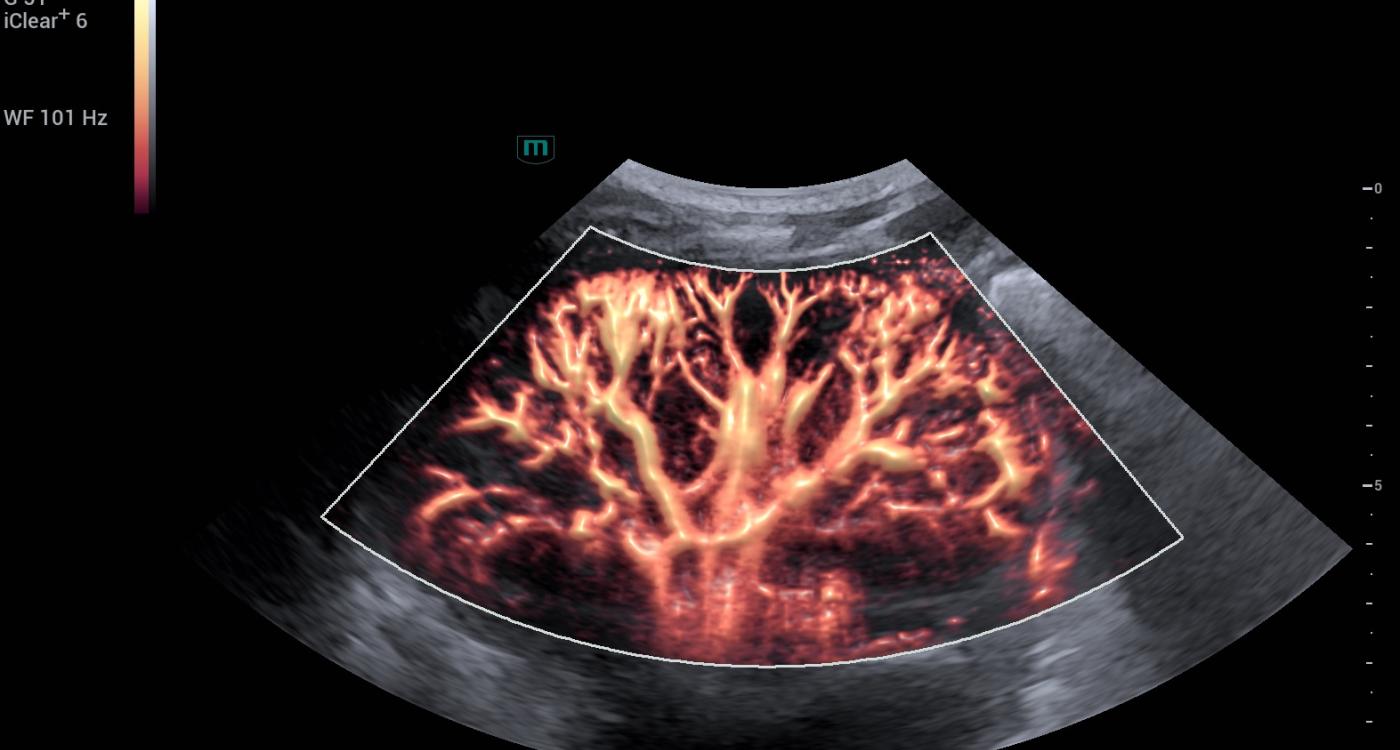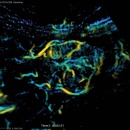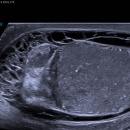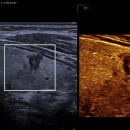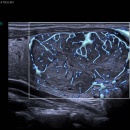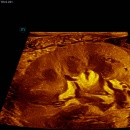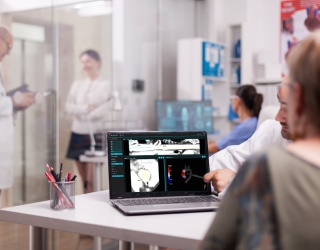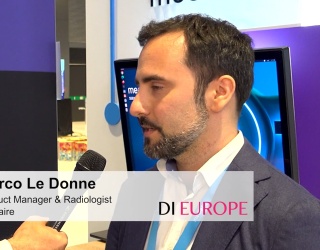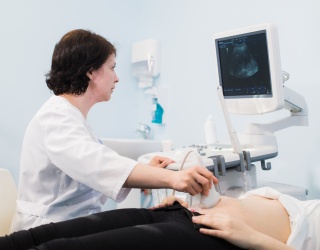Prominent European ultrasound experts have praised the new Resona A20 system from Mindray as a major step forward in diagnostic imaging. Unveiled at the 35th Congress of the European Federation of Ultrasound Societies in Medicine and Biology (EFSUMB) in Naples, the system introduces next-generation imaging capabilities designed to deepen anatomical understanding and support earlier disease detection.
As Mindray’s first premium ultrasound platform, the Resona A20 is powered by its Acoustic Intelligence Technology (AIT) and features innovations such as super resolution imaging, multi-parametric evaluation, and AI-supported lesion detection. The system was developed to provide clinicians with a higher degree of diagnostic confidence across complex cases.
“We are entering a new era,” said Prof. Vito Cantisani, President of EFSUMB and Chair of Integrated Advanced Imaging at Sapienza University, Rome. “The Resona A20 delivers the image quality and toolset we need to evaluate even the most challenging patient cases.”
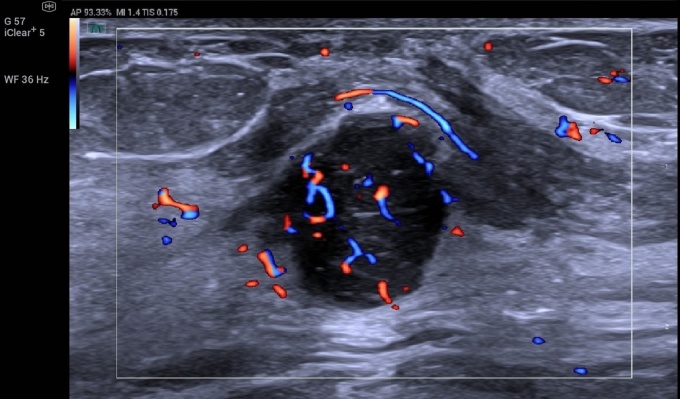
Multi-parametric imaging and smarter workflows
Prof. Cantisani highlighted the multi-parametric liver study functionality, which consolidates essential diagnostic data into a single real-time display—optimizing workflow and aiding comprehensive pathology assessment. The system’s smart thyroid tool enables automated, real-time lesion detection, improving speed and precision.
“Tools like HD Scope+ are particularly valuable in breast and thyroid imaging,” he added. “They enhance lesion delineation, echo texture, and the identification of calcifications—critical for confident evaluation.”
Another standout feature is Ultra Micro Angiography, which provides highly sensitive visualization of slow-flow microvasculature, often associated with vascular complications.
High-frame-rate imaging: redefining tumor diagnostics
The system’s 500 fps super resolution mode was described as transformative by Prof. Dirk-Andre Clevert, Head of the Interdisciplinary Ultrasound Center, University of Munich–Grosshadern Campus.
“This gives us dynamic insight into tumor behavior and blood flow that would be missed in conventional contrast imaging,” Prof. Clevert noted. “It has the potential to redefine how we evaluate oncologic and transplant patients.”
According to Prof. Clevert, this innovation may reduce reliance on CT or MRI in a significant number of liver cases—potentially avoiding unnecessary follow-up imaging and lowering healthcare costs. He also emphasized the benefit for kidney transplant patients, where minute infarctions previously undetectable can now be clearly visualized.
Real-time data at scale
The Resona A20 combines advanced transducer design with intelligent acoustic focus control, enabling visualization of vascular and structural details often beyond the reach of conventional systems.
“We can now see fine vessel structures, flow direction, and contrast arrival time—all within the same imaging session,” Prof. Clevert explained. “We’re talking about acquiring up to 15,000 frames of data per exam. That opens an entirely new perspective for ultrasound-based diagnosis.”
With its capacity to deliver real-time, high-volume diagnostic data, the Resona A20 is expected to support daily clinical practice, academic research, and ultrasound training programs, while reinforcing ultrasound’s role as a front-line imaging modality in modern medicine.

